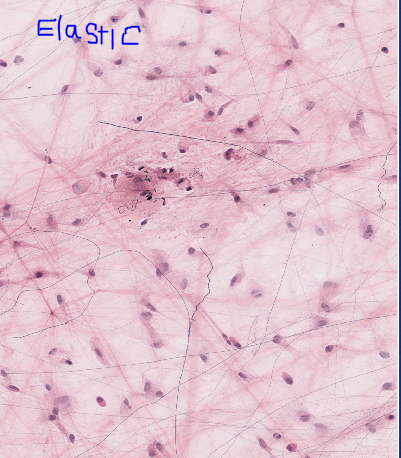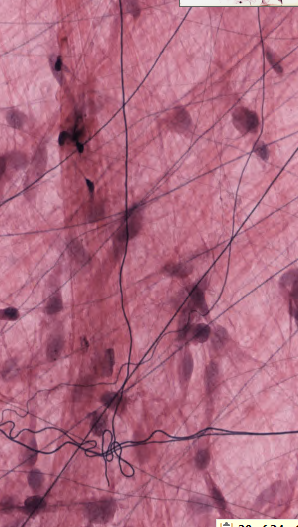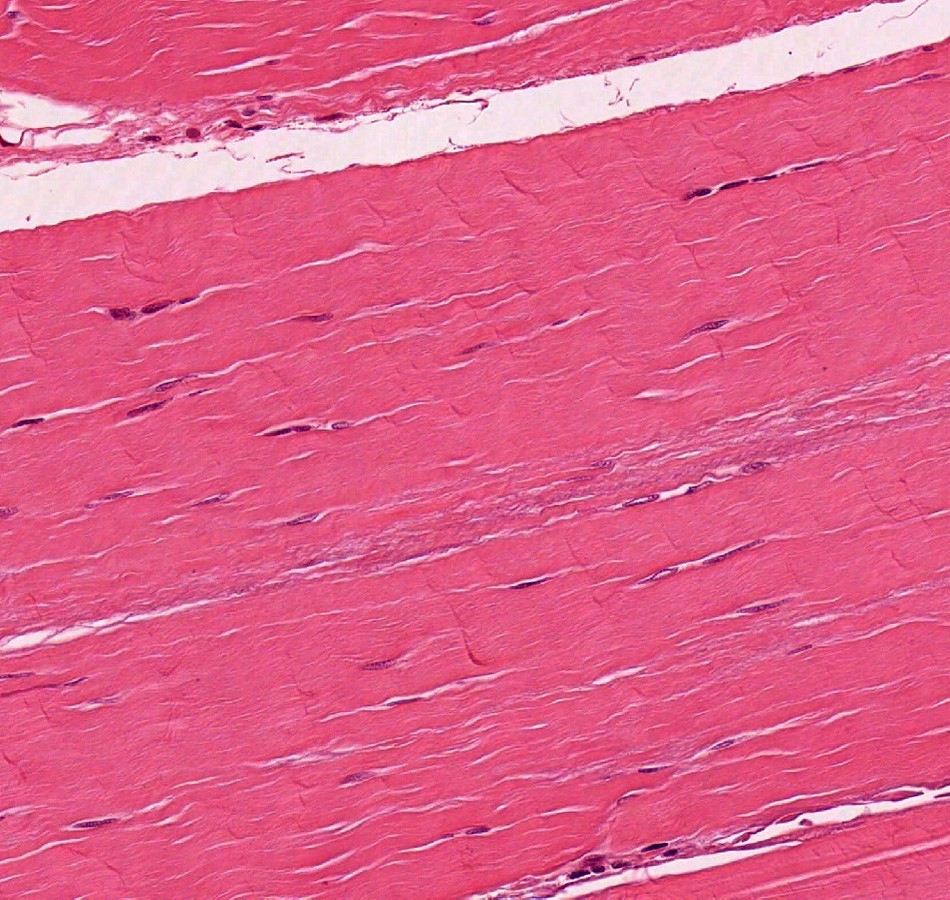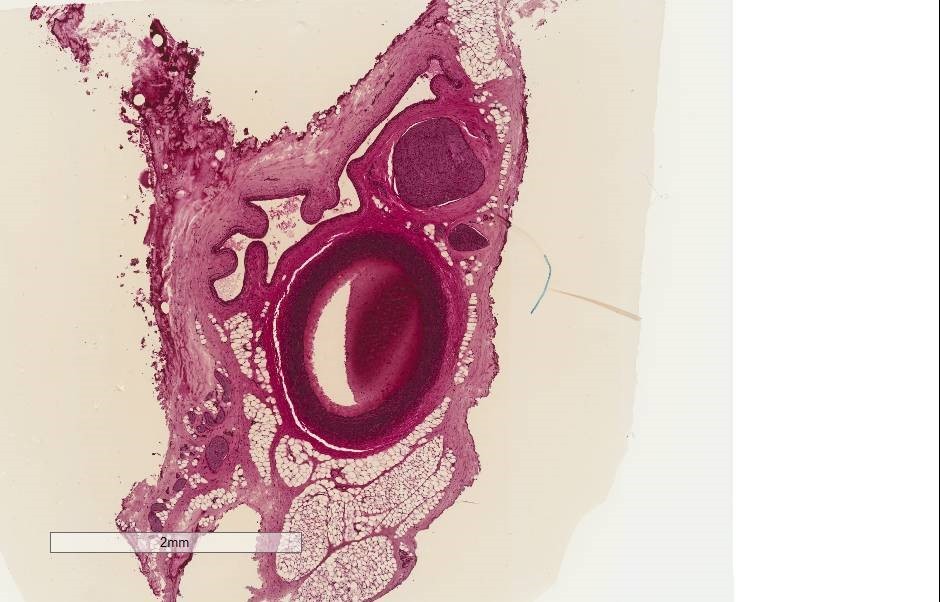-
papillary and reticularThe dermis of integument (skin) is a great example of both loose and dense irregular connective tissue. This creates two regions
-
papillary zonedirectly below the epidermis and this is where loose connective tissue with blood vessels, small nerve bundles and/or fibers, mast cells and histiocytes can be observed
-
papillary ridges or dermal papillaeThe projections of the loose connective tissue which extend upward into the epidermis are
-
epidermal pegsthe extensions of the epidermis down are referred to as
-
Why, what is the function of these ridges/pegs?Bring nourishment to the hair follicles and bring oxygen to the epidermis cell.
-
FingerprintsAt the tips of human fingers, these ridges create something unique, what is that?
-
the reticular zone of dermis consists of dense irregular connective tissue
-
What function does this portion of the dermis provide?Provide structure for fibroblast secretions collagen.
-
Subcutaneous or hypodermis regiona great place to find adipocytes
-
AdiposeThe prevailing tissue that exists in this region is
-

 elastic and collagenous fibers
elastic and collagenous fibers -
FibroblastWhat cells are creating these fibers?
-
How does the function of this collagen bundles connective tissue differ from the others?
 Dense regular connective tissue resists physical stress in one direction. Loose connective tissue and dense irregular issue allow movement of tissue in multiple directions.
Dense regular connective tissue resists physical stress in one direction. Loose connective tissue and dense irregular issue allow movement of tissue in multiple directions. -
Look at one other slide available to you and note the connective tissue. Would you call it loose or dense? Regular or irregular?
 Artery: Dense – regular elastic connective tissue Nerve: Dense – irregular tissue Vein: loose – irregular tissue
Artery: Dense – regular elastic connective tissue Nerve: Dense – irregular tissue Vein: loose – irregular tissue

